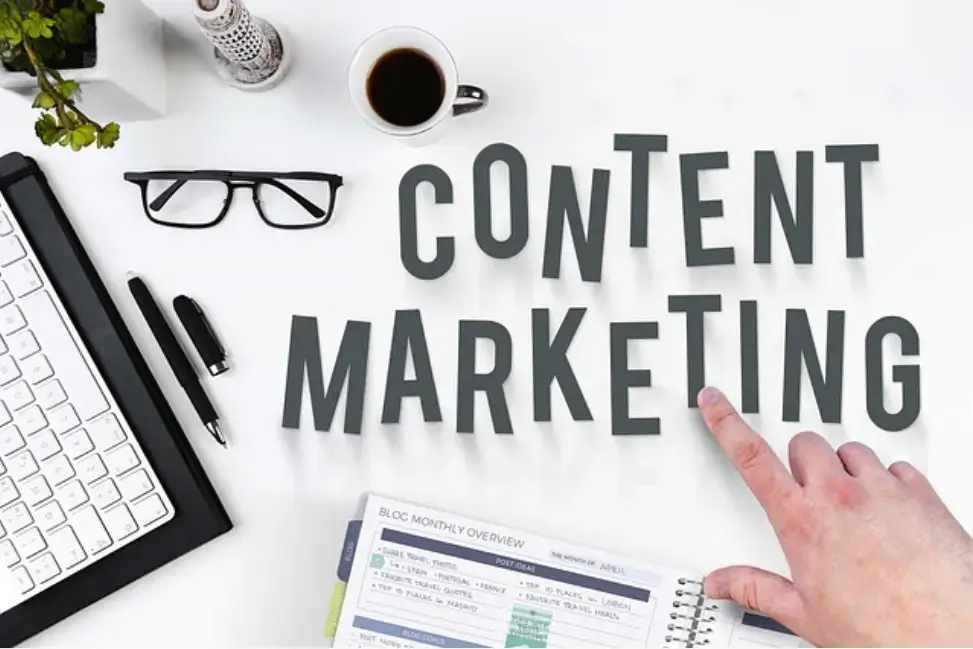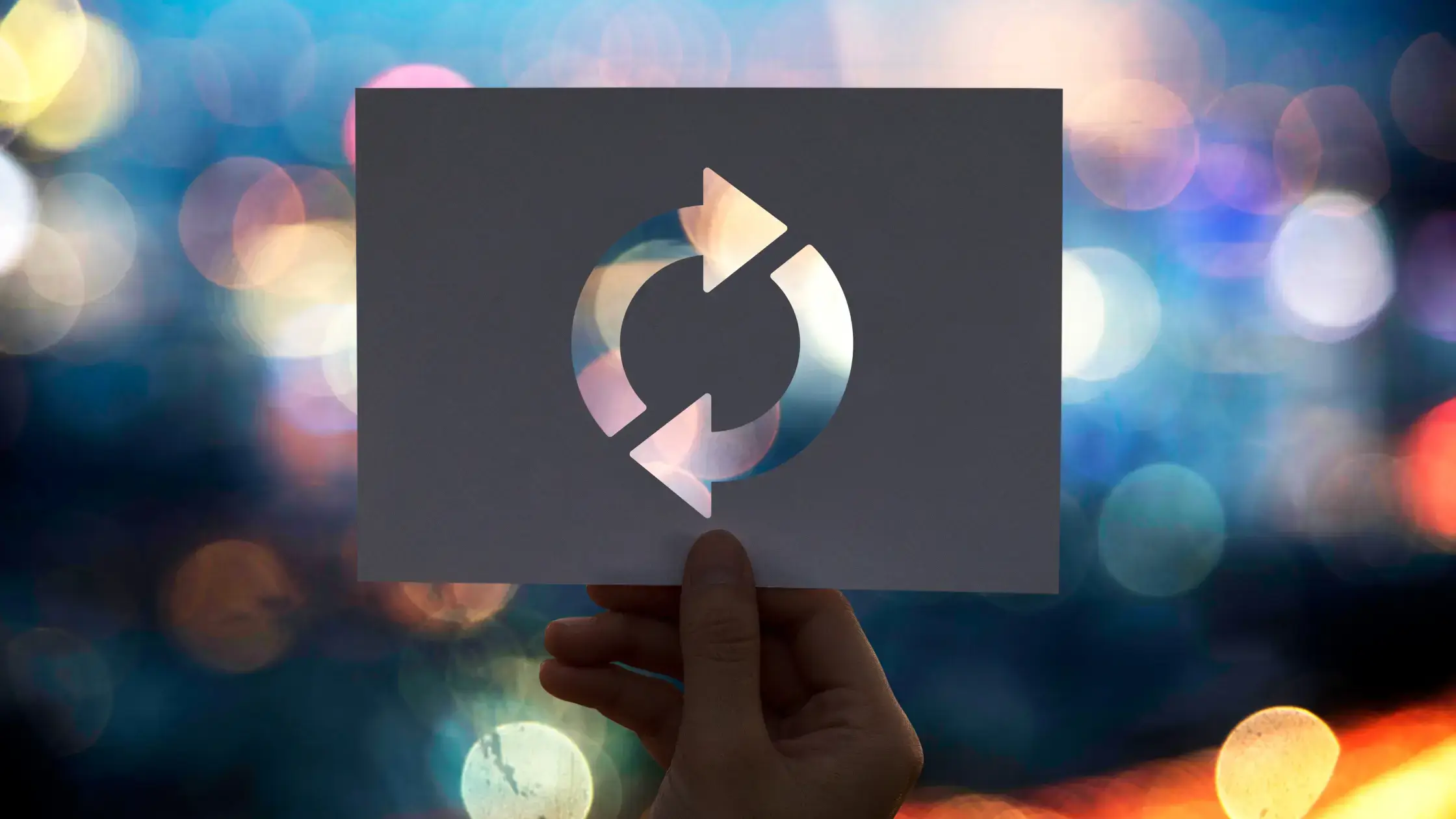Do you need help converting your website visitors into loyal customers? Do you want a proven strategy to boost your conversion rates and drive consistent growth for your business? Then you are like every other small business owner out there, and we are here to help.
Let's look at lifecycle marketing – the key to unlocking the full potential of your digital marketing strategy and full customer journey.
In this article, we’ll explore the power of lifecycle marketing and how it can revolutionize your business.

From attracting prospects to nurturing them into lifelong brand advocates, you’ll learn how to harness the untapped potential of every customer interaction.
Get ready to supercharge your conversions and propel your business to new heights with the transformative power of lifecycle marketing.
In this article:
- What is Lifecycle Marketing?
- The Five Stages of Customer Lifecycle
- Benefits of Lifecycle Marketing
- Essential Parts of a Successful Lifecycle Marketing Strategy
- Lifecycle Marketing: FAQs
What is Lifecycle Marketing?
Lifecycle marketing is a strategic approach focusing on nurturing and engaging customers at every stage of their journey with your brand.
It recognizes that a customer's relationship with your business evolves, aiming to optimize each touchpoint to drive conversions and build long-term loyalty.
By understanding the different phases of the customer lifecycle, you can tailor your marketing efforts to deliver relevant and personalized experiences.
This approach helps build stronger connections and increases customer experiences and satisfaction rates—ultimately boosting conversions and revenue.
Lifecycle marketing relies heavily on customer data analytics to segment customers, track their behaviors, and deliver specific messages.
It’s essential for leveraging marketing channels such as email, social media, content marketing, and personalized offers.
Lifecycle marketing engages customers and guides them from initial awareness to becoming loyal brand advocates.
It also fosters ongoing customer relationships instead of viewing them as one-time transactions.

The Five Stages of the Customer Lifecycle
There are five clear stages to the customer lifecycle.
- Acquisition is the process of attracting and obtaining new customers for your business.
- Onboarding happens when new customers are introduced to your products or services and guided through the initial steps of their journey with your brand.
- Engagement refers to customers' active involvement and interaction with your brand—where they show interest, participate, and connect with your products, services, or content.
- Retention refers to the efforts and strategies employed to retain existing customers and encourage their continued loyalty and satisfaction with your brand, products, or services.
- Advocacy represents the stage where loyal customers become enthusiastic advocates of your brand, actively promoting and recommending your products or services to others. This stage boosts your reach and drives organic growth.
At each stage, successful businesses deploy targeted marketing tactics and communication strategies designed to meet their customers' unique needs and expectations.
Benefits of Lifecycle Marketing
Lifecycle marketing offers numerous benefits for businesses aiming to boost conversions and build strong customer relationships.
Some of the key benefits that come with implementing a lifecycle marketing strategy include:
- Enhancing customer engagement: Targeting customers at different stages of their journey ensures your personalized messages are always relevant and timely.
- Improving conversion rates: Understanding customers' unique needs and pain points at each stage allows you to guide prospects smoothly through the sales funnel for greater conversions.
- Increasing customer retention: Focusing not only on acquiring new customers but nurturing existing ones, implementing retention strategies like personalized communications, loyalty programs, and proactive customer support boosts customer loyalty and reduces churn.
- Strengthening brand advocacy: By consistently delivering exceptional experiences, personalized offers, and ongoing value, you can cultivate a loyal customer base that becomes enthusiastic about recommending your brand to others, amplifying your reach and driving organic growth.

Essential Parts of a Successful Lifecycle Marketing Strategy
- Customer segmentation
- Department alignment
- Clear customer journey mapping
- Relevant and engaging content
- Multi-channel approach
- Continuous testing
- Personalization and automation
You build an effective marketing strategy upon several important components that work together to create a cohesive and effective approach:
1. Customer segmentation
Customer segmentation is crucial for delivering personalized and targeted messaging.
By dividing your customer base into segments based on demographics, behavior, preferences, or purchase history, you can tailor your marketing efforts to cater to each segment's needs.
It allows for more relevant and engaging communication, resulting in higher conversion rates and customer satisfaction.
2. Department alignment
A successful lifecycle marketing strategy requires collaboration and alignment across departments.
Marketing teams, sales departments, customer service, and product development should work together to create cross-functional communication and coordination.
By incorporating tools such as call quality monitoring, you can ensure that customer interactions through phone calls are consistently high quality.
It helps in providing a seamless customer experience from initial contact to post-purchase support.
Implementing call quality monitoring systems allows you to identify areas of improvement in customer interactions, train your staff effectively, and ensure that your customers receive the best possible service at every touchpoint.
3. Clear customer journey mapping
Mapping out the customer journey visually represents each customer lifecycle stage—from initial discovery to post-purchase.
This mapping helps identify touchpoints, potential pain points, and opportunities for engagement and optimization.
Understanding the customer journey allows you to create seamless and consistent experiences that guide customers toward conversion.
4. Relevant and engaging content
Creating valuable, relevant, and engaging content helps attract, educate, and nurture customers at different journey stages.
You can keep customers engaged and connected with your brand by leveraging compelling content, such as informative articles and captivating social media posts.
Ensure your content is as relevant to your target audience as possible, right down to your chosen domain.
For example, if you’re home-based in Australia, use domain names Australia to appeal to local customers.
From informative blog posts and social media updates to personalized email campaigns and interactive experiences, delivering compelling content ensures customers stay engaged and connected with your brand.
Create a quiz and incorporate it into your content strategy, where customers can participate and test their knowledge or preferences related to your products or industry.
A well-designed quiz can provide valuable insights about your customers and make their experience more enjoyable and interactive.

5. Multi-channel approach
You can use various channels such as email, social media, SMS, and in-app notifications to reach customers where they are most active and deliver consistent messaging across different touchpoints.
Implementing customer portal software provides an additional channel for customers to access personalized information, account details, and self-service options, further enhancing their experience and convenience.
A cohesive multi-channel approach strengthens brand awareness, maximizes customer engagement, and increases the likelihood of conversions.
Utilizing lead distribution software can enhance your multi-channel strategy by efficiently routing leads to the appropriate sales representatives or teams based on predefined rules or criteria.
It ensures prompt follow-up and maximizes the chances of converting leads into customers.
For instance, you can leverage the popularity of social media platforms to promote your NZ domain offerings, run targeted ad campaigns to reach a specific audience interested in New Zealand businesses, or utilize SMS notifications to inform customers about exclusive NZ domain discounts and promotions.
This multi-channel strategy ensures that you consistently communicate your NZ domain presence to customers—which increases their awareness and helps boost conversions.
6. Continuous testing
Lifecycle marketing is an iterative process that requires ongoing testing and optimization.
By analyzing data, conducting A/B tests, and tracking key performance indicators, you can identify areas for improvement and make data-driven decisions.
Regularly optimizing marketing campaigns and strategies based on insights ensures continuous growth and maximizes results.
7. Personalization and automation
Data and automation tools help automate personalized communications like abandonment emails and dynamic website content.
Tailored touchpoints facilitate stronger customer connections and increase engagement rates.
Wrapping Up
Embracing lifecycle marketing is a powerful strategy to boost conversions and nurture long-term customer loyalty.
By analyzing and understanding the buyer journey, implementing personalized lifecycle marketing efforts, and leveraging automation tools, your business can optimize each touchpoint, drive customer satisfaction, and achieve long-term business growth.
Whether it's acquiring new customers, nurturing them into loyal advocates, or re-engaging dormant ones, lifecycle marketing offers a comprehensive approach to maximizing the potential of every customer interaction.
By embracing this customer-centric strategy, you can unlock growth opportunities, enhance the customer experience, and achieve sustainable success in today's competitive landscape.
Start implementing lifecycle marketing techniques today and witness the transformative impact on conversions and business growth.
Lifecycle Marketing: FAQs
How do you analyze a customer's journey from discovery to purchase and loyalty?
To analyze a customer's journey from discovery to purchase and loyalty, you must gather and analyze data to understand customer behavior and engagement at different stages.
You can successfully analyze customer interactions using various methods, including tracking website analytics, monitoring marketing conversion rates, and conducting customer surveys.
By examining these insights, you can identify patterns, pain points, and opportunities to optimize each stage of the customer journey and improve conversions and loyalty.
What is a lifecycle marketing strategy?
A lifecycle marketing strategy is a comprehensive plan outlining how a business engages and nurtures customers throughout their journey, from initial awareness to becoming loyal advocates.
It involves mapping out the different stages of the customer lifecycle, identifying key touchpoints and objectives for each stage, and implementing targeted marketing tactics to drive desired outcomes.
Elements such as personalized messages, automated email campaigns, customer segmentation, and ongoing analysis are all in the strategy to optimize the customer experience and maximize conversions.
What is a lifecycle marketing manager?
The role of a lifecycle marketing manager is to develop, implement, and manage the lifecycle marketing strategy of a business.
They oversee the customer journey, analyze data to identify opportunities for improvement, coordinate cross-functional teams to execute marketing initiatives and measure the effectiveness of campaigns at each stage of the customer lifecycle.
A lifecycle marketing manager collaborates with various departments—marketing, sales, and customer service to ensure a cohesive and seamless customer experience that drives conversions and fosters customer retention.
What is lifecycle automation?
Lifecycle automation refers to using technology and automation tools to streamline and optimize marketing efforts at different customer lifecycle stages. Automated workflows and triggers are set up based on customer actions or specific time intervals.
For instance, send personalized welcome emails to new customers, targeted product recommendations are triggered based on past purchases, or dormant customers are re-engaged with special offers.
Automation enables the delivery of timely, relevant promotional emails and messages to customers, enhances efficiency, and provides a consistent and personalized experience throughout the customer journey.

